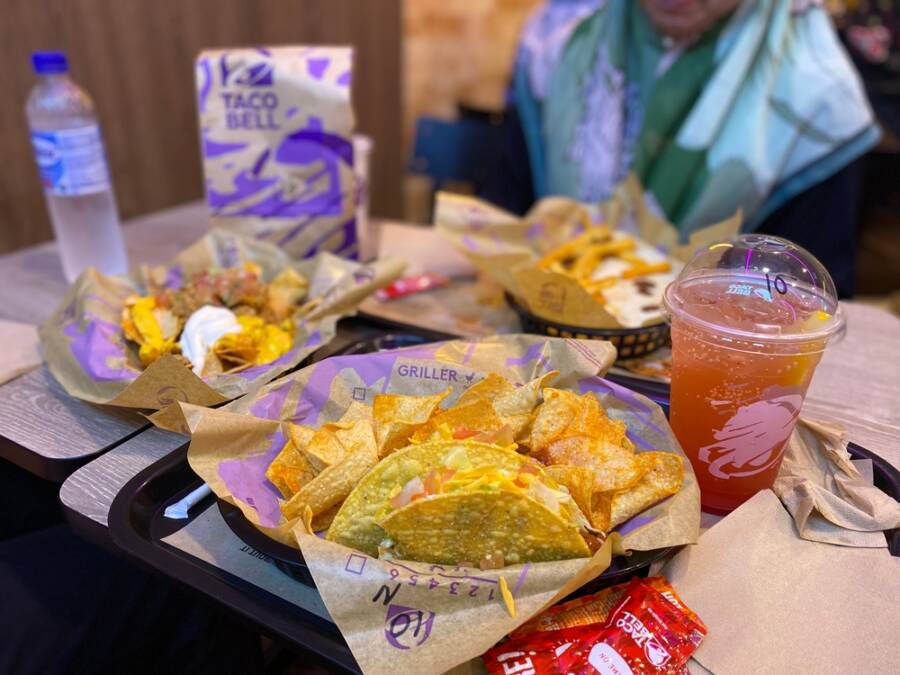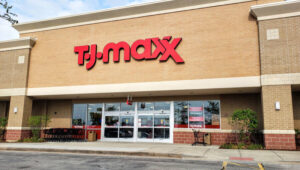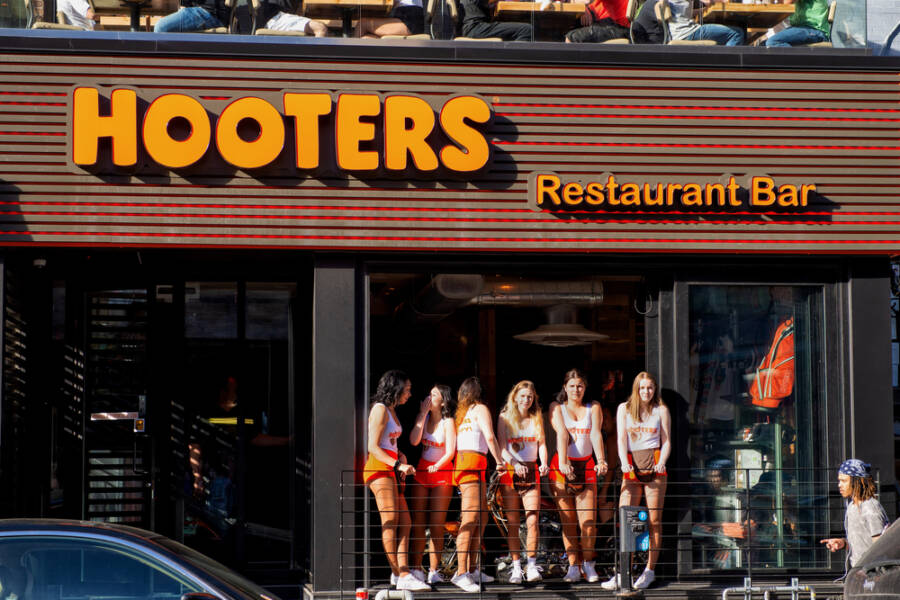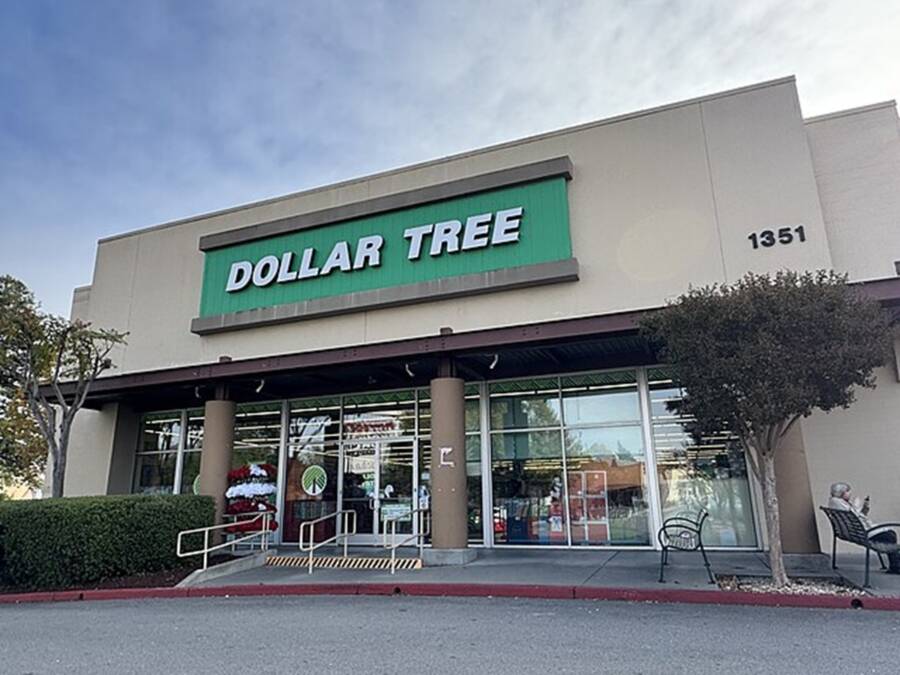Come to think about it, fast-food restaurants are just like those saloons of the Wild West. There are all sorts of memorable characters and tempting vices (also known as delicious meals), but there’s also quite a sense of danger there.
At times, somebody new enters those saloon doors and saunters over to the bar. When that happens, there’s almost a completely new movement emerging.
All of a sudden, more people have had the same issue all along, but no one said a word until then.
Remember some of the most famous fast-food scandals and lawsuits? If not, here are some of the most notable ones:

A finger found in Chili at Wendy’s
Do you remember the story from 2005? A woman “found” a human finger in her chili at Wendy’s. Unfortunately for them, this is story is quite infamous, but luckily, it turned out that it wasn’t, in fact, the fast-food chain’s fault.
The woman who found it brought that finger with her and planted it in the chili, which is even wilder than the initial accusation, come to think about it.
Her husband’s coworker had lost the finger in an industrial accident, and they conspired together to save that finger and bring to Wendy’s. The woman, named Anna Ayala, served four years in prison for this scam.
A serious beef with Taco Bell
At one point since they’re on the market, Taco Bell was hit with a class-action lawsuit that claimed that the chain’s ground beef shouldn’t qualify as “beef.”
The suit stated that Taco Bell’s beef only had 35% beef, and the rest was entirely made of filler ingredients.
That was quite a bold claim, to be honest. Naturally, Taco Bell denied it, lawyered up really good, and got the suit dropped.
They claimed that their beef was actually 88 percent. However, they did agree to adjust their own marketing endeavors and disclose even more information about the ingredients they use.
Of course, bottom line is that it would have been really nice to hear 100 percent, but I guess it’s simply not in the cards when it comes to fast-food, is it?
Tuna or not Tuna: that was the main question all along
Only a few years ago, a very similar story resulted in Subway’s favor. Back then, a California woman alleged that Subway’s tuna was made out of other stuff than actual tuna.
Subway managed to calm her allegations quite fast, claiming that they only use “100% real, wild-caught tuna.” After this, the suit was dismissed permanently.
Woman scalded by coffee at McDonald’s
Funnily or not, they even teach you this one in law school. You must have heard of this one before, even if you might not have been aware of the entire story.
Back in 1992, a case was brought against McDonald’s right after a woman suffered bad injuries when she spilled a cup of coffee from the chain in her lap.
As the 79-year-old woman, Stella Liebeck, initially offered to settle for $20,000 to cover medical expenses and the income she lost, McDonald’s was still unwilling to pay over $800. In the end, the suit went to trial.
As the jury found Mrs. Liebeck partially at fault for her injuries, it also rewarded her with almost $3 million in punitive damages.
The high price tag was mainly due to McDonald’s complete unwillingness to change its policy of serving coffee at extreme temperatures that can, in fact, cause third-degree burns.
Even if these are the risks, which the company was well aware of from the beginning, there were other 700 past reports of injury from the coffee.
In the end, the judge reduced the award by 80%, and McDonald’s and Liebeck reached a financial agreement. Ever since, McDonald’s changed their coffee temperature.
Too much ice in Starbucks’ drinks?
At one point, there was a guy who thought he was able to take on all of Starbucks by slamming them with a proper class-action suit over the amount of ice in the cups.
This guy also claimed that the coffee titan was completely robbing people of precious coffee, all because of the ice the employees were told to put into each iced drink.
A California judge rapidly dismissed it, noting in his ruling that “if children managed to find out that adding ice in a cold beverage decreases the amount of liquid they will get, the Court has really no difficulty concluding that any reasonable consumer can’t be deceived into thinking that ordering an ice tea implies receiving a cup with the greater portion of the drink as ice.”
Starbucks also pointed out that customers can try “light ice” or “extra ice,” depending on their own preference.
Carl’s can hardee take a joke
Jack in the Box made quite a tasteful commercial once. It’s true that the commercial in question might have suggested that Carl’s Jr./ Hardee’s was mainly using angus burgers made from something else than angus.
CKE Restaurants Holdings, Inc., which is the parent company of Carl’s Jr. and Hardee’s, rapidly ran to the teacher and sued Jack in the Box, asking for a corrected advertising campaign.
However, the judge failed to see in which ways the company was harmed by the ads, and denied the requested injunction to stop the ads from airing. The two companies ultimately settled out of court, even if the details weren’t made public.
Papa John
“Papa” John Schnatter started out as just your regular pizza guy. However, somewhere along the lines, things seemed to have gone completely off the rails.
Throughout his career, he was often accused of stalking and se*ual harassment, as well as using the single worst racial slur on a conference call, and claiming to have eaten 40 pizzas in 30 days.
He also said there would be a reckoning, like he is Bane or something, declaring himself as “Papa John.” Now, Papa’s owned by Todd Penegor, and in certain locations, by Shaquille O’Neal as well.
US Blue Bell Creameries Outbreak (2015)
This was one of the most severe illness outbreaks, which affected no less than ten states in the United States.
It was mainly caused by contaminated ice cream products made by Blue Bell Creameries, a very popular Texas-based ice cream company.
The outbreak resulted in no less than ten hospitalizations and three deaths, which also led to a nationwide recall of all Blue Bell products.
The outbreak was mainly caused by the bacterium Listeria monocytogenes, which was discovered in many different samples of Blue Bell ice cream products, as well as in the company’s manufacturing spots.
It is commonly believed that the contamination was provoked by improper cleaning and sanitation practices at their facilities.

US Spinach Outbreak (2006)
This outbreak was also caused by the consumption of fresh spinach that was contaminated with E. coli O157:H7 bacteria.
The outbreak targeted people in 26 states as well as in Canada and resulted in no less than 205 confirmed cases of E.coli infection, with 102 hospitalizations and three deaths.
The wider majority of those who were affected were women, and 31 cases also registered severe kidney failure.
The source of the outbreak was traced back to a spinach-growing region in California’s Salinas Valley.
The FDA issued a warning against the consumption of fresh spinach, as well as a recall of all fresh spinach products from the targeted area.
The outbreak had a huge impact on the spinach industry, marking an estimated loss of $74 million in sales.
If you found this article useful, we also recommend checking: 7 Simple Hacks to Save 40% of Your Paycheck














